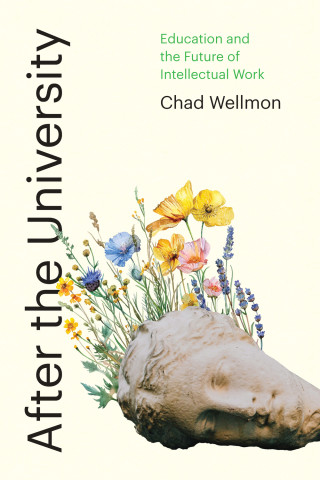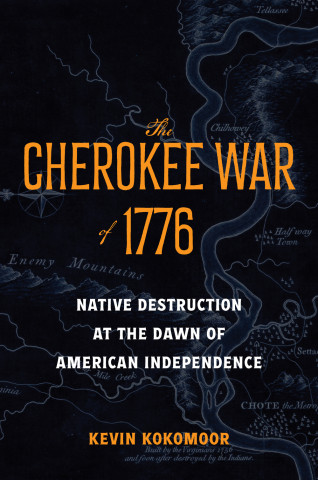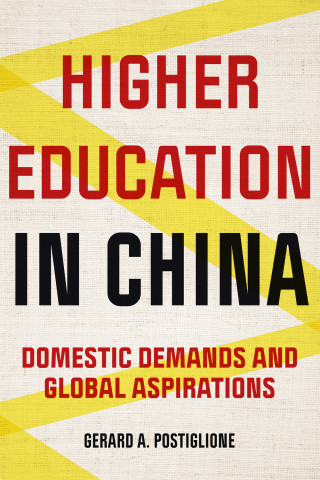
Reviews
Very well researched and thorough... A welcome feature is a detailed, exhaustive time line of the intersecting strands of college sports and electronic media over the years. An additional bonus that closes the book is its helpful bibliographic essay, which functions as a literature review covering archives, general works, legal issues, and periodic literature and should be a boon for further research.
In addition to its obvious appeal to sports fans, Play by Play provides an interesting examination of how society deals with new innovations and their changes over time, the conditions under which cartels attempt to organize, and the factors in their success or failure.
Based on a nearly exhaustive investigation into the primary sources, including some fifty archives,... Smith's research makes abundantly clear that the presidents and athletic departments of America's leading education institutions have consistently tried to use the media—newspaper, radio, and television—for their own gain.
Smith's book provides a mother lode of information for those interested in the merger of big-time sports with big-time media... Smith has clearly combined a fan's interest with a scholar's devotion in researching his subject.
No one knows more than Ronald A. Smith about the history of intercollegiate sports in the United States... [Play-by-Play] offers an extraordinarily detailed historical examination of the relationship among top-flight college sports (principally football), the National Collegiate Athletic Association (NCAA), and television.
A well-researched, historical analysis... Provides an often troubling account of the corruptive power of money, broken promises, misguided priorities, crushed dreams and academic compromises. Not exactly uplifting stuff, but required reading for anyone who wants to gain a greater understanding of why it's too often true that concerns about the records of a university's football and basketball teams seem more important than the quality of a school's faculty or the educating of its students.
Many authors have written celebrations—or diatribes—about the commercialism of college sports. Smith is more interesting and effective because he evades the polemics and settles for reconstructing and interpreting a fascinating tale. The episodes and details, the names and places—these are hard to research, and Smith does it. As a result, his story jumps out in its appeal and interpretation.
Book Details
Contents:
Acknowledgments
Introduction
1 The Media and Early College Sport
2 Marconi, the Wireless, and Early Sports Broadcasting
3 The Broadcasters
4 Graham McNamee and Ted Husing Dominate the Airwaves
5
Contents:
Acknowledgments
Introduction
1 The Media and Early College Sport
2 Marconi, the Wireless, and Early Sports Broadcasting
3 The Broadcasters
4 Graham McNamee and Ted Husing Dominate the Airwaves
5 The Radio Threat to College
6 In the Image of Rockne: Notre Dame and Radio Policy
7 Radio Goes "Bowling": The Rose Bowl Leads the Way
8 Sport and the New Medium of Television
9 Networks, Coaxial Cable, Commercialism, and Concern
10 Notre Dame Chooses Commercial TV
11 Penn Challenges the NCAA and the Ivy League
12 The NCAA Experimental Year and Reactions
13 Networks: The Du Mont Challenge
14 Regional Conferences Challenge a National Policy
15 TV and the Threat of Professional Football
16 Roone Arledge and the Influence of ABC-TV
17 Advertising, Image versus Money, and the Beer Hall Incident
18 The Television Announcer's Role in Football Promotion
19 The Cable Television Dilemma: More May Be Less
20 TV Money, Robin Hood, and the Birth of the NCAA
21 TV Property Rights and a CFA Challenge to the NCAA
22 Oklahoma and Georgia Carry the TV Ball for the CFA Team
23 TV, Home Rule Anarchy, and Conference Realignments
24 Basketball: From Madison Square Garden to a Televised Final Four
25 TV's Unfinished Business: The Division I-A Football Championship
Appendix: Radio, TV, and Big-Time College
Sport: A Timeline
Notes
Bibliographical Essay
Index





